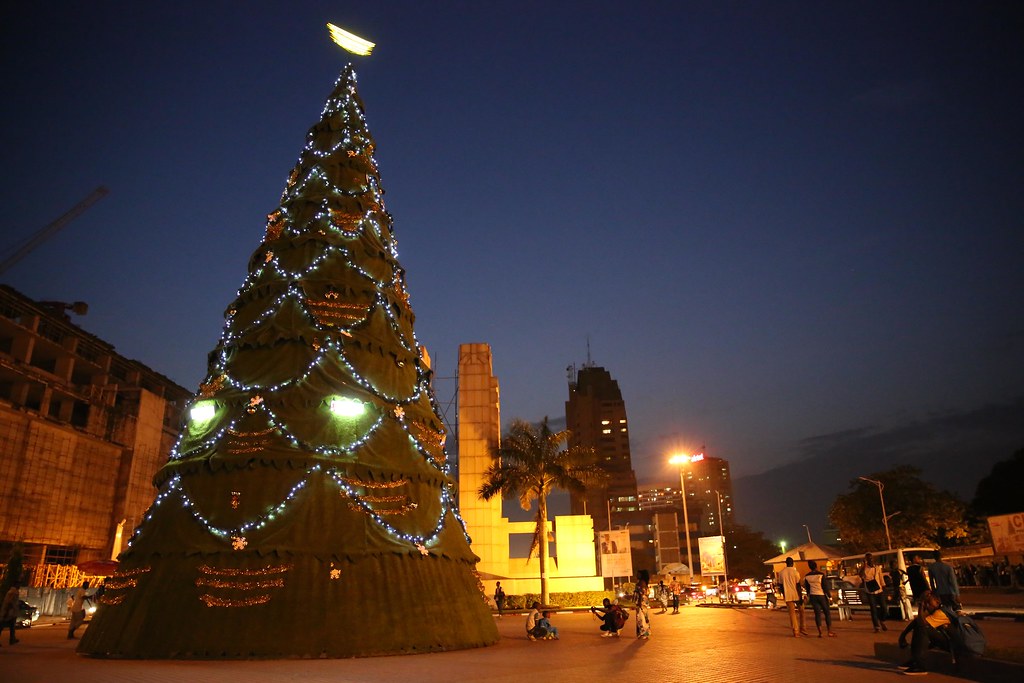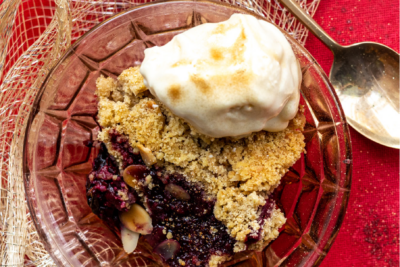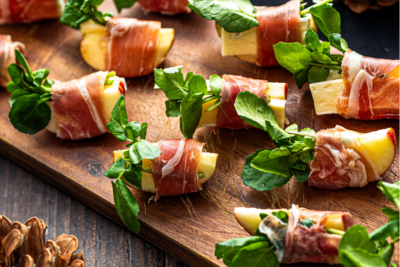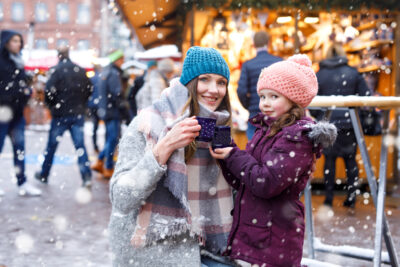
Christmas Traditions Around The World
by David Hall
The Spanish especially honour the cow at Christmas because it is thought that when Mary gave birth to Jesus the cow in the stable breathed on the baby Jesus to keep him warm.
The Congo
Preparation for Christmas Day in the Congo begins with groups of carollers walking through the village, singing carols. Often people may be awakened by a group of singers converging on the church. They return home to make final preparation for the clothes one must wear and the offering for the Christmas service. The most important part of their Christmas worship service is the love offering; the gift in honour of Jesus. Everyone goes forward and lays their gift upon the raised platform near the Communion table. Not one person will attend the service without giving a gift.
Alaska
Most Alaskan Christians celebrate Christmas on December 25th, just as people do in Britain. Santa Claus may arrive for a pre-Christmas visit, but, food, gift giving, and decorations are like what you might see in Texas or Wisconsin. The songs sang at each home include Aleut words “Gristuusaaq suu’uq” meaning “Christ is born.” Everyone joins in the closing words “Mnogaya leta” – “God grant you many years.” At the end of the carols, the host provides carollers with maple-frosted doughnuts, cakes, candy, piruk – fish pie – and sometimes smoked salmon. In Alaska, children wander from house to house carrying a coloured star on a long pole, and singing carols.
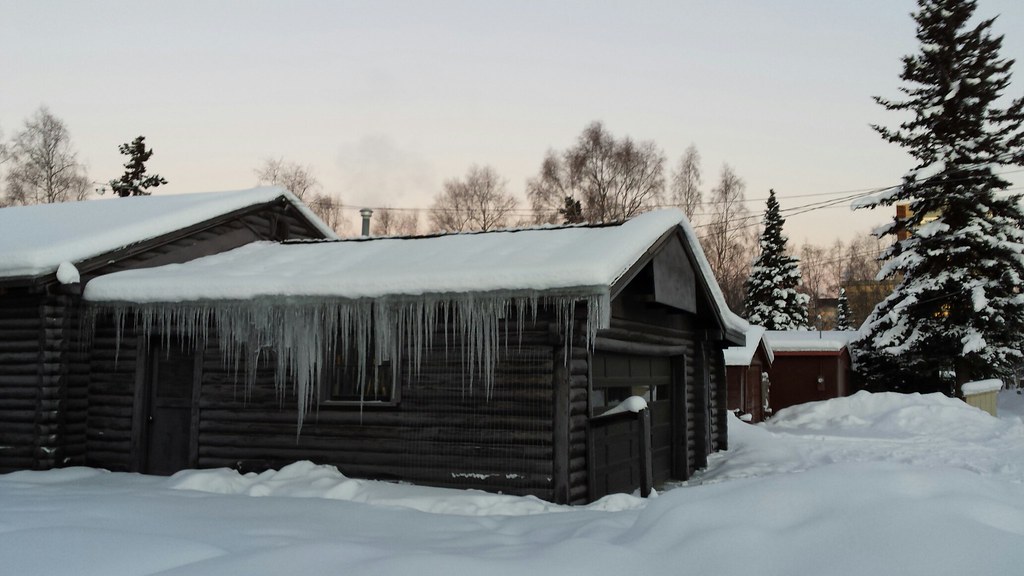
Australia
Australians are baking in summer heat on Christmas Day – sometimes well into the mid-30 degrees Celsius, or near 100 degrees Fahrenheit. A traditional meal includes a turkey dinner, with ham and pork. A flaming Christmas plum pudding is added for dessert. In the Australian gold rushes, Christmas puddings often contained a gold nugget. Today a small favour is baked inside. Whoever finds this knows s/he will enjoy good luck. Some Australians often have their Christmas dinner at midday on a local beach. Bondi Beach in Sydney’s Eastern Suburbs attracts thousands of people on Christmas Day. The warm weather allows Australians to enjoy a tradition which commenced in 1937. Carols by Candlelight is held every year on Christmas Eve, where tens of thousands of people gather in the city of Melbourne to sing their favourite Christmas songs. The evening is lit by as many candles.
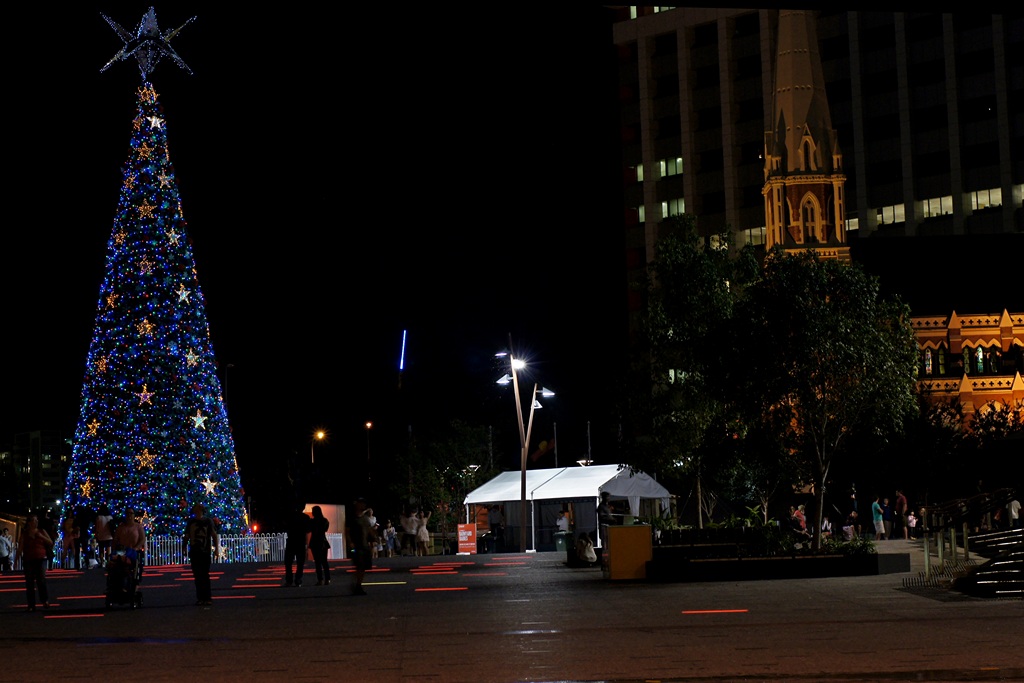
Israel
In Israel, at Bethlehem, the town where Jesus was born, is the site of the Church of the Nativity, which is ablaze with flags and decorations on every Christmas. On Christmas Eve, locals and visitors crowd the church’s doorways to watch for the dramatic annual procession. Galloping horsemen and police mounted on Arabian horses lead the parade. They are followed by a solitary horseman carrying a cross and sitting astride a coal-black steed, then come the churchmen and government officials. The procession solemnly enters the doors and places an ancient effigy of the Holy Child in the church. Deep winding stairs lead to a grotto where visitors find a silver star marking the site of the birth of Jesus.

Spain
In Spain, children think of the Wise Men as the gift bearers. Tradition has it that they arrive on January 6th, the date the Wise Men gave gifts to Jesus. Shoes are filled with straw or barley for the tired camels that must carry their riders through the busy night. By morning the camel food is gone and in place of the straw or barley are presents. Shoes also may be placed on balconies on the night of January 6th in the hope that the Wise Men will fill them with gifts. The Spanish especially honour the cow at Christmas because it is thought that when Mary gave birth to Jesus the cow in the stable breathed on the baby Jesus to keep him warm.

Russia
In Russia the religious festival of Christmas is being replaced by the ‘Festival of Winter’ but there are some traditions that are still kept up in some parts of the country. In the traditional Russian Christmas, special prayers are said and people fast, sometimes for 39 days, until January 6th – their Christmas Eve – when the first evening star in appears in the sky. Then begins a 12-course supper in honour of each of the 12 apostles. Babushka is a traditional Christmas figure who distributes presents to children. Her name means grandmother and the legend is told that she declined to go with the wise men to see Jesus because of the cold weather. However, she regretted not going and set off to try and catch up, filling her basket with presents. She never found Jesus, and that is why she visits each house, leaving toys for good children.

Sweden
Christmas begins in Sweden with the Saint Lucia ceremony. Before dawn on the morning of December 13th, the youngest daughter from each family puts on a white robe with a red sash. She wears a crown of evergreens with tall lighted candles attached to it. She wakes her parents, and serves them with coffee and Lucia buns. The other children accompany her, the boys dressed as ‘star boys’ in long white shirts and pointed hats. The custom goes back to Lucia, a Christian virgin martyred for her beliefs at Syracuse in the fourth century. The Saint Lucia ceremony is fairly recent, but it represents the traditional thanksgiving for the return of the sun. Often she is followed by star boys, who wear pointed hats and carry star wands.
Candle-lit processions to Church feature in Scandinavian Christmases, where, in the home, it is mother who always lights the candles on Christmas Eve. Christmas trees are usually brought into Swedish homes one or two days before Christmas.
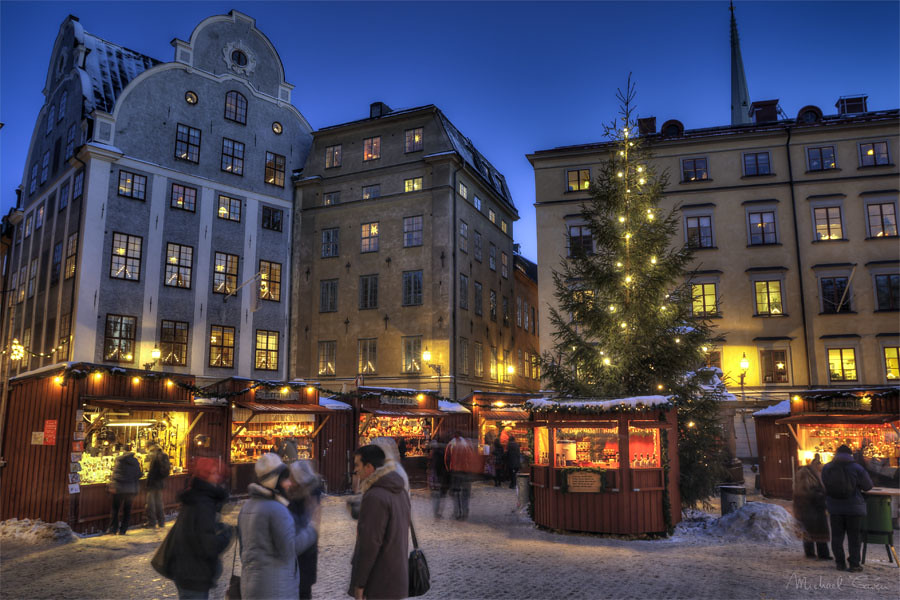
Venezuela
On Christmas morning, churches in Venezuela are lit up entirely by candles for the Christmas service. On December 16th families bring out their ‘pesebres’ which is a depiction of the nativity scene. It is a custom to attend at one of nine carol services.
Firecrackers explode and bells ring to call worshippers from bed in the predawn hours. The last of the masses takes place on Nochebuena de Navidad – Christmas Eve.
On January 6th when the children awaken they will discover that the straw that they had left beside their bed the night before has gone and in its place are gifts that the Magi and their camels have delivered – and, looking in the mirror, if they have a black smudge on their cheek they know that Balthazar, King of the Ethiopians, has kissed them while they slept.
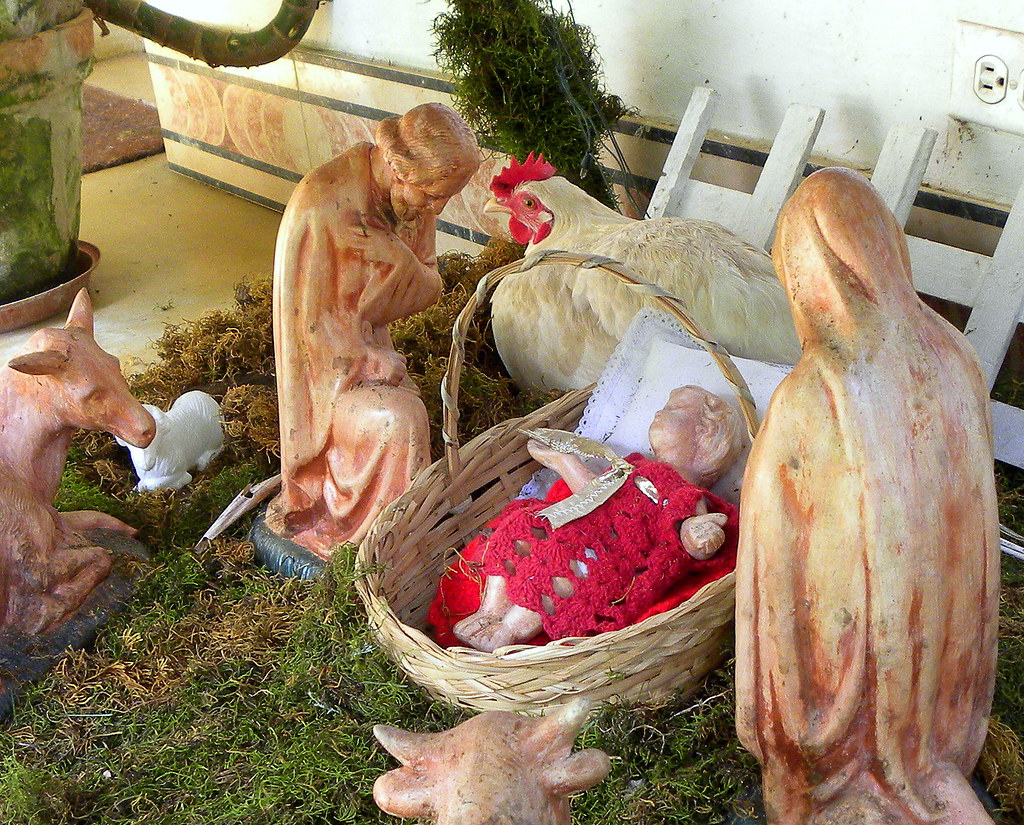
Pakistan
In Pakistan, December 25th is a public holiday in memory of Jinnah, the founder of Pakistan. Only in Christian homes is Christmas celebrated with the exchanging of gifts and cards, the wearing of new clothes and the visiting of houses of friends. They have a church service which is packed on Christmas Day which is called Bara Din, the big day.
Chile
In Chile little figures made of clay, called pesebre, are placed under the Christmas tree. Father Christmas is known as Viejito Pascuero and he wishes everyone “Feliz Navidad y un Prospero Ano Nuevo” – “Happy Christmas and a Prosperous New Year.”

China
The Christian children of China decorate trees with colourful ornaments. These ornaments are made from paper in the shapes of flowers, chains and lanterns. They also hang muslin stockings hoping that their version of Santa, called Dun Che Lao Ren – which means ‘Christmas Old Man’ – will fill them with gifts and treats. The Chinese Christmas trees are called ‘Trees of Light.’ The non-Christian Chinese call this season the Spring Festival and celebrate with many festivities that include meals and pay respects to their ancestors. Children are the main focus of these celebrations, receiving new clothes and toys, eating delectable food and watching firework displays.
![[12_14_10] Chinese Christmas Tree](https://c1.staticflickr.com/6/5204/5263002840_925b5fd22c_b.jpg)
Turkey
In Turkey there is a small town – Demre – in which Santa Claus’ or St Nicholas’ birth is celebrated during a three-day festival held in early December. Born in the nearby town of Patara, St Nicholas is remembered not only as a famous Turkish archbishop, but also for his kindness to children.
Syria
Before Syria became embroiled in war, a special Mass was held in churches in honour of Saint Nicholas Thaumaturgus, who legend has said was a kind and generous man not dissimilar to Saint Nicholas, after whom Santa Claus is modelled.
On Christmas Eve everyone in the family carried a lit candle to stand round an unlit bonfire outside their house. The youngest child – usually the son of the family – reads the Christmas story, after which the bonfire is lit. The way the flames spread shows the luck of the house in the coming year. When the fire burns, psalms are sung, and when it sinks, everyone leaps over the embers making wishes.
Early on Christmas morning people can go to Mass, after which another bonfire is lit in the middle of the floor. While the wood is blazing, ancient hymns are sung and the celebrant carries a figure of the Christ Child around the building. After this the celebrant then touches the nearest person in a ‘touch of peace.’ This touch is passed from one to another until everyone has received it.
Merry Christmas across the globe – can you guess the language?
[wp_quiz_pro id=”15191″]

